This is the first tip I would like to give you. If you view the interior in front of you, take notice in what needs to be there and what doesn't. Remove everything that would "eat up" focus in the final photo and leave everything that grabs the attention. For instance, a piece of dirty paper, or anything unorganized is something you'd probably won't want in the picture, but with that said - a red toy lying in the middle of the floor might actually be something that makes the photo stronger. Also, everything doesn't have to be perfect, a badly done bed can make it look cozy and more spontaneous, but it has to have a purpose. Something that just doesn't fit, or give a sense of annoyance doesn't. This is something you'll learn in time, what will fit and what will not, but keep in mind that the photograph needs to be simplified. I myself use the function of Live View in my camera to get a better view of the final picture. Something that proved to be extremely helpful, yet ate power like crazy so after a three hour photo shoot the 5D Mark II battery were nearly completely dead. So if you are going for a long session and plan on using Live View - bring spare batteries.
Be aware of the lines
Interior design is a lot about form and you as the photographer needs to capture that. Be aware of every line in the interior and how you can use it. In the picture to the far left I wanted to shoot an view over the kitchen, and since it was very white and the cupboards where clearly divided into a grid, so I used this to create a lead in into the picture - kind of like a road in a landscape.
Lines that are supposed to be perfectly horizontal or vertical must be so in the final picture. For instance, the shelves are supposed to lean into the picture, but the floor would look really odd if it tilted just slightly. It needs to be perfectly straight. This is something that is kinda of hard to do sometimes without extremely expensive equipment, so I fixed it afterward in Lightroom. I shot as good of a shot I could and then made sure afterward that the lines were flawless. In real life they are, it's the distortion in the lens that bends them. To help you out you can pretty much imagine a grid across the picture. If a line from a floor, door or whatever breaks that grid just slightly it's wrong, but if it breaks it a lot (kinda like the cupboards that would go diagonally through the grid) it's okay.
Don't forget the unique details
Every interior designer has a few elements they are proud of or something that is really unique in that specific interior design, and you definitely want to capture that. Especially a good interior designer has put a lot of thought and care into every single detail. If you noticed and captured a detail that they worked hard on - guess who feels satisfied with your work? The designer.
It can be anything, in the pictures above it was the clear red little robot and the word "LOVE" sewed into the frame of the bed. Since I knew these were unique details I framed them and focused on them where the detail in itself became the entire picture. The other stuff is just framing. Important framing, but still just framing.
Overview
Once you are walking around in the property and you find all these cool details it can be easy to forget about the overview. However once you shoot an overview, or any view for that matter - never shoot from eye level. Everything on eye level is boring, it's the same view every person see every day. So instead go either extremely low, extremely high or what I prefer to do is to look for the lines and objects and get on their level and just slightly above. This way I get an interesting view yet still some depth. A table for instance in it's own height is just a line, but if I raise the camera up just a little bit I'll get some depth.
My last tip from this experience is: bring a tripod. I shot during the day to get a good light, we turned on every light-source to get some life into the picture and finally placed the camera on the tripod, adjusted it perfectly with Live View and I took the shot with a two second shutter timer. This is because I didn't want me pressing the shutter button messing with the sharpness of the final photograph. And since interior photography requires a really small aperture the shutter speed will be several seconds.
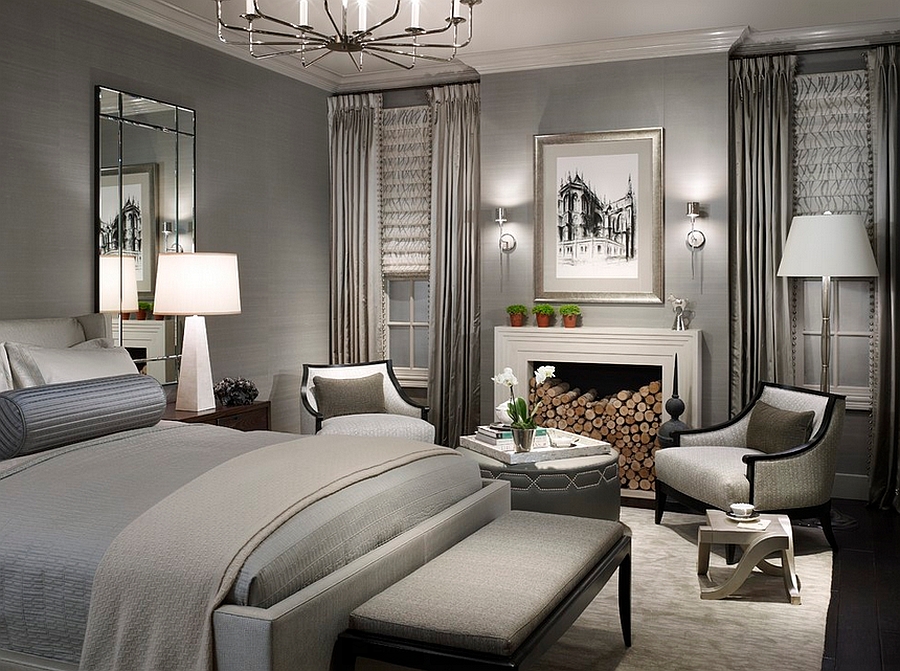
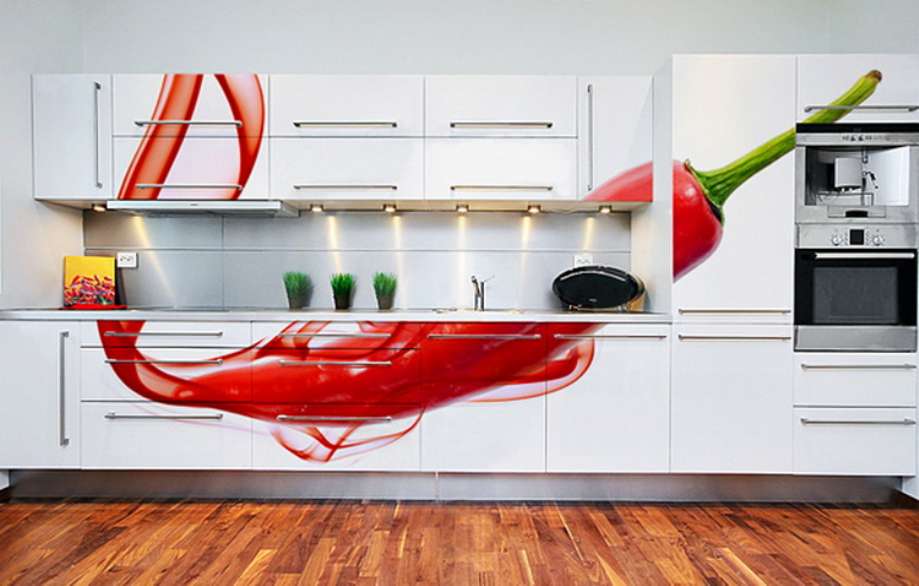
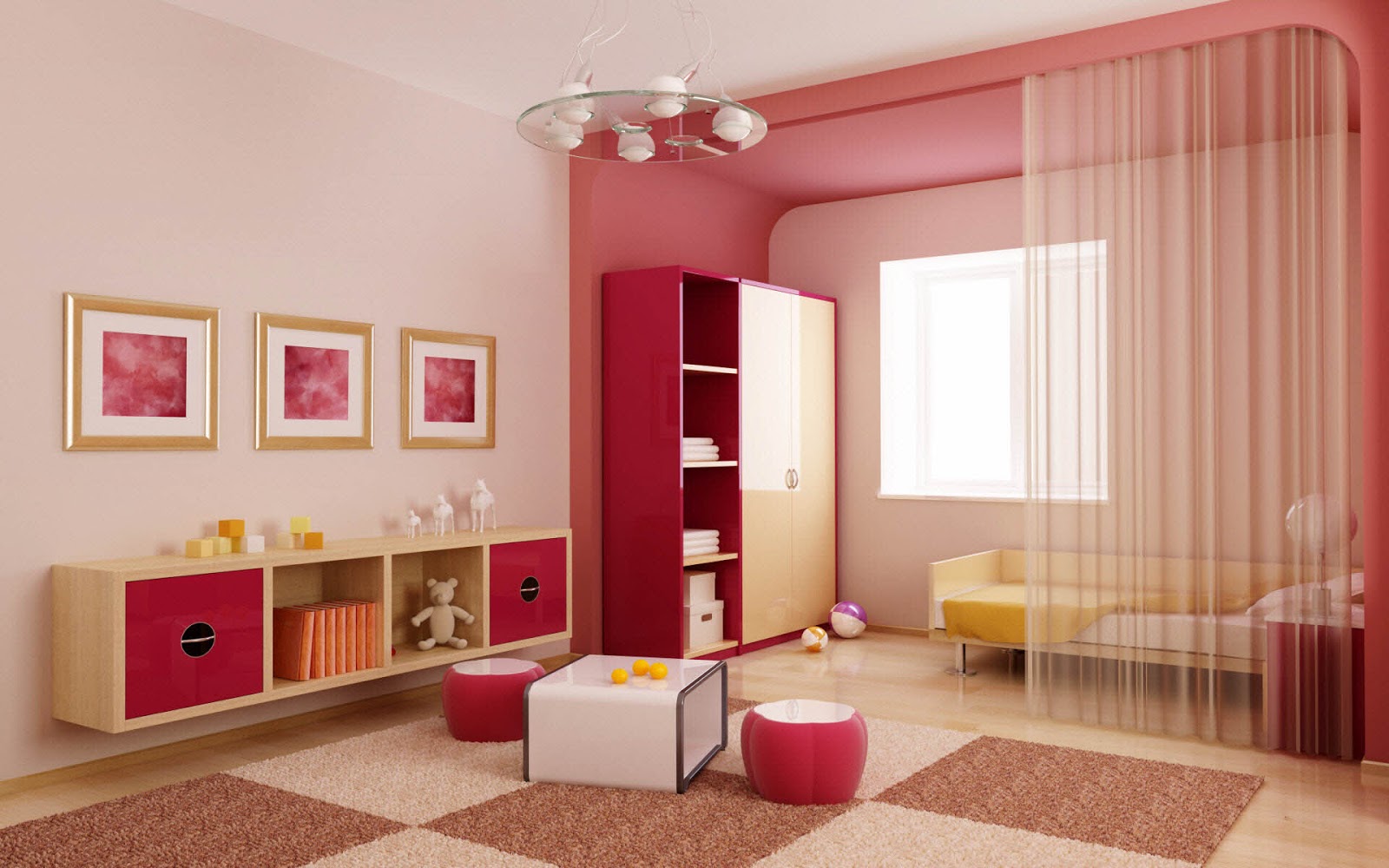
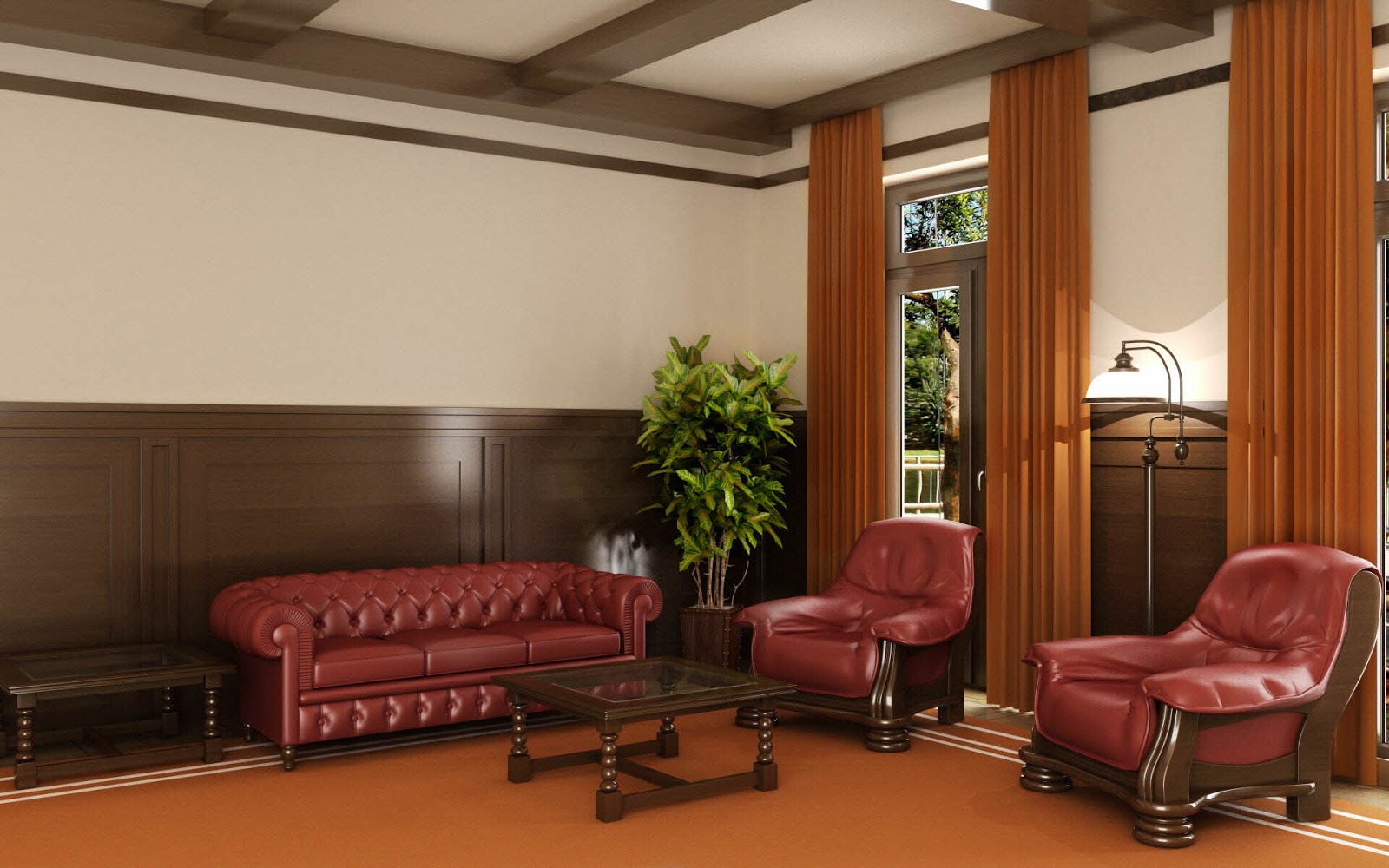
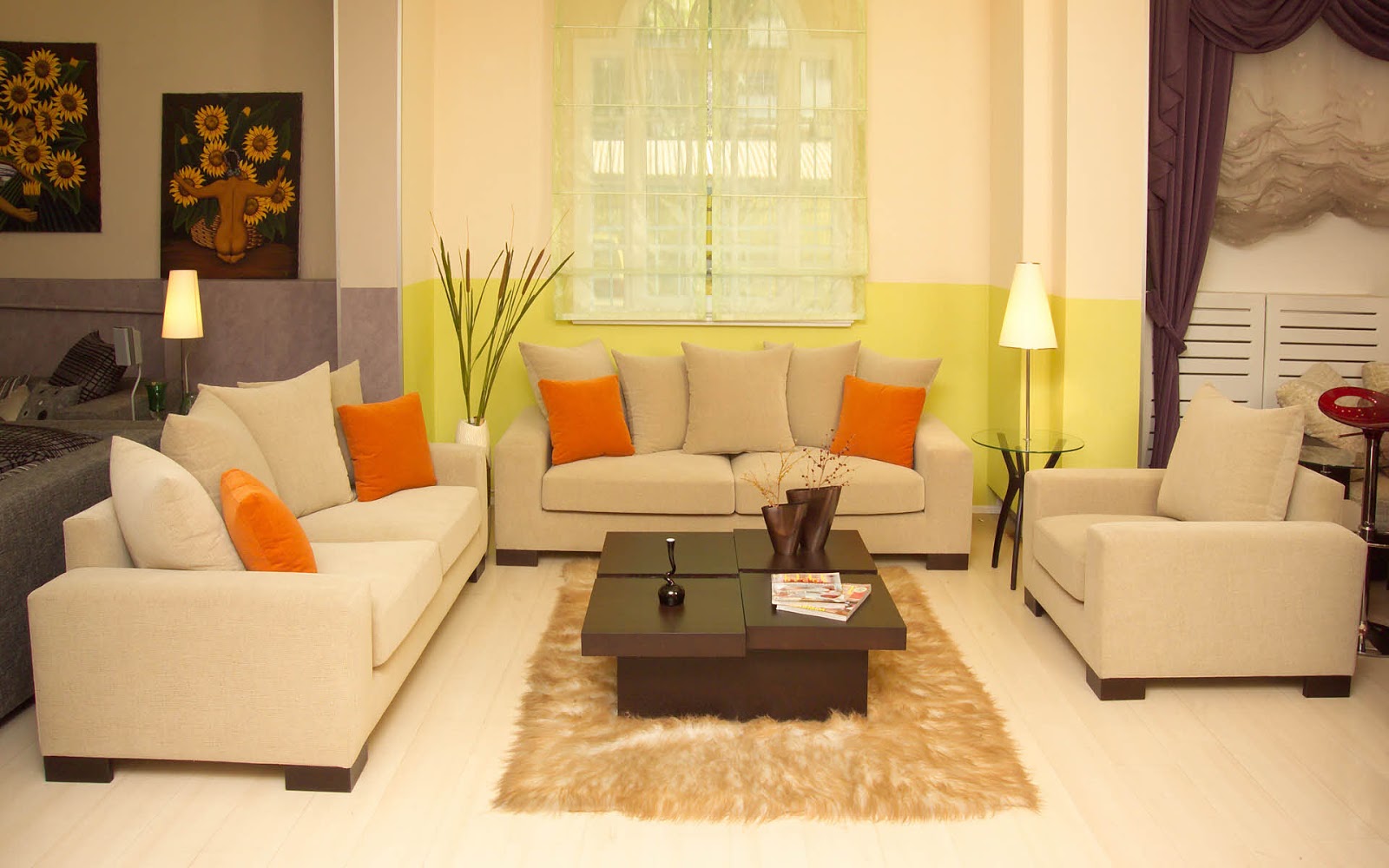
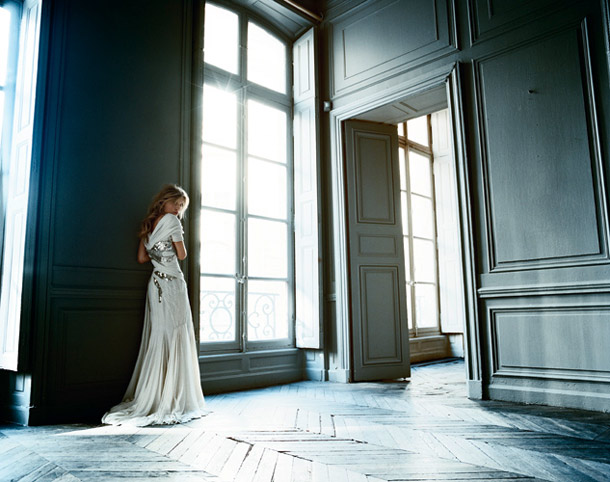
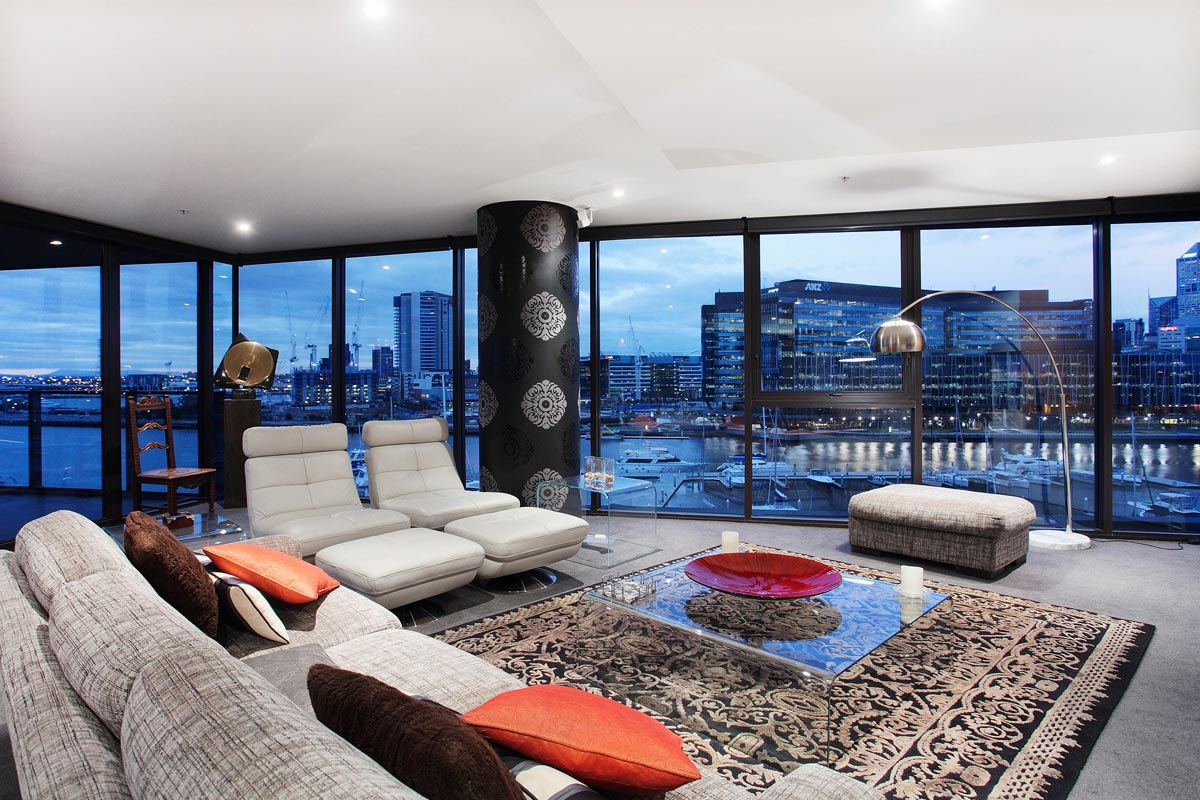
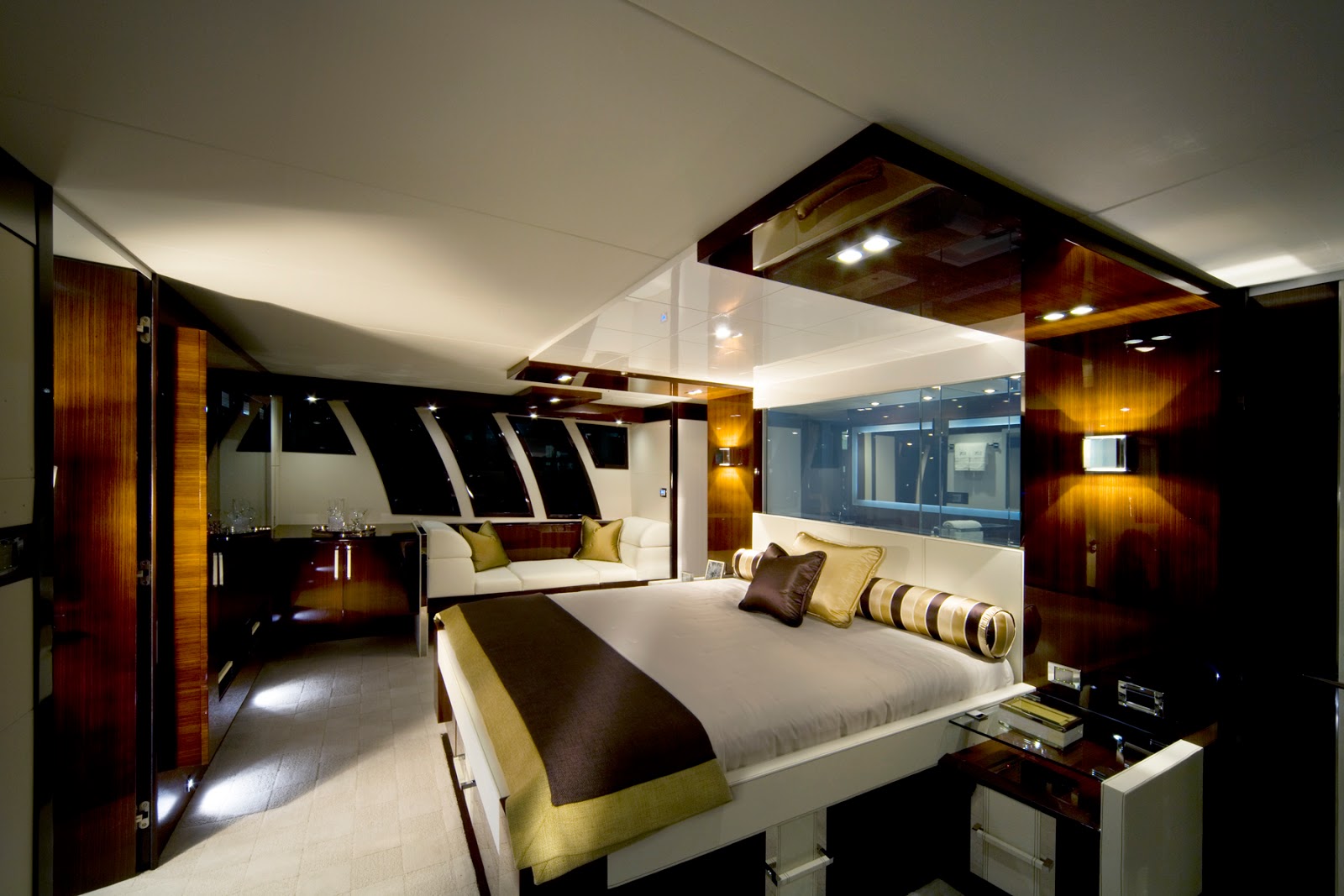
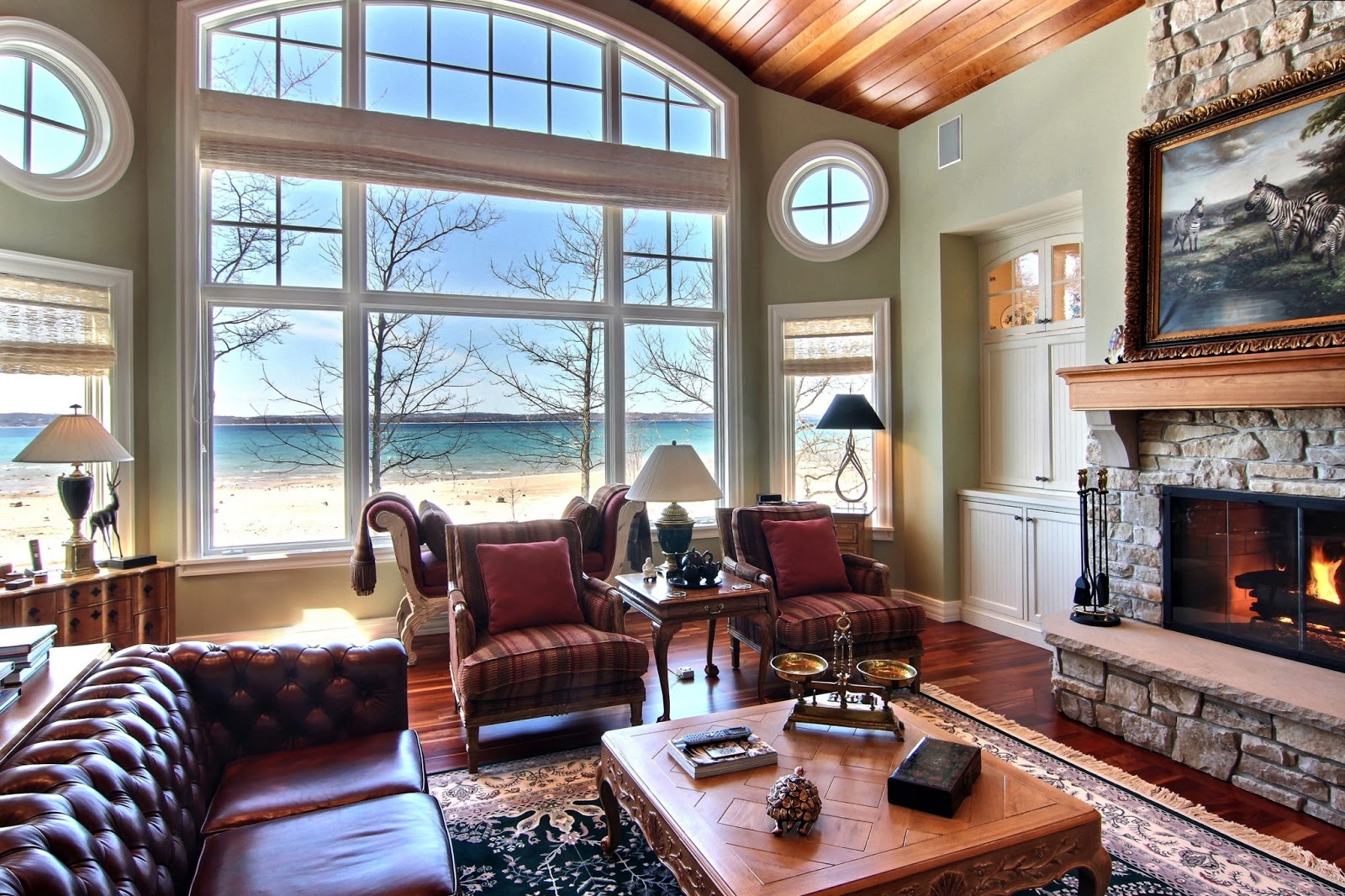
No comments:
Post a Comment